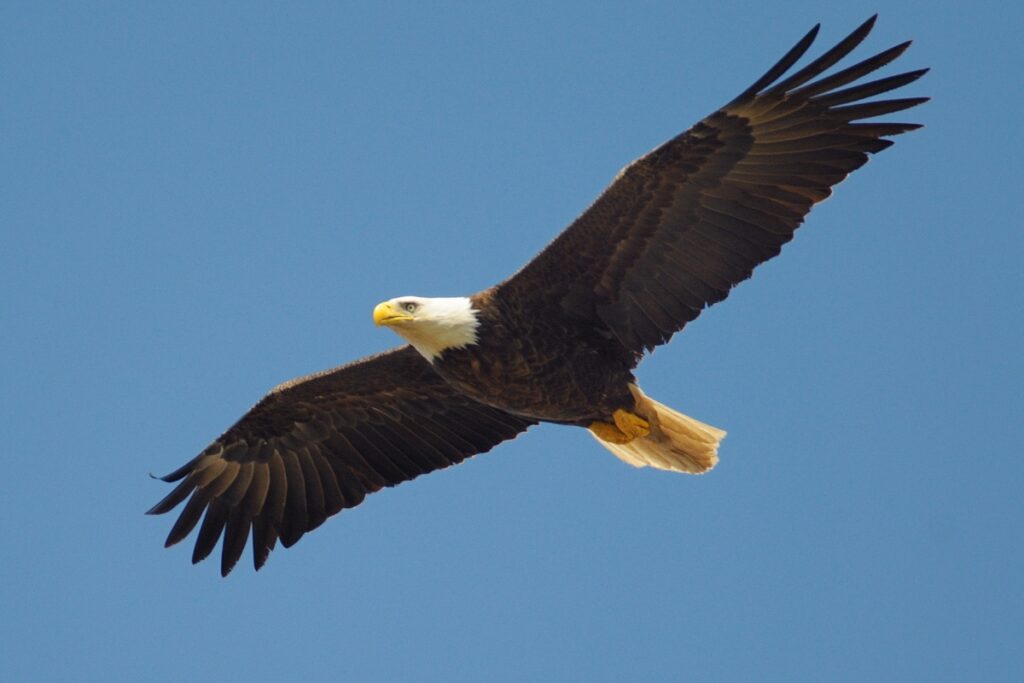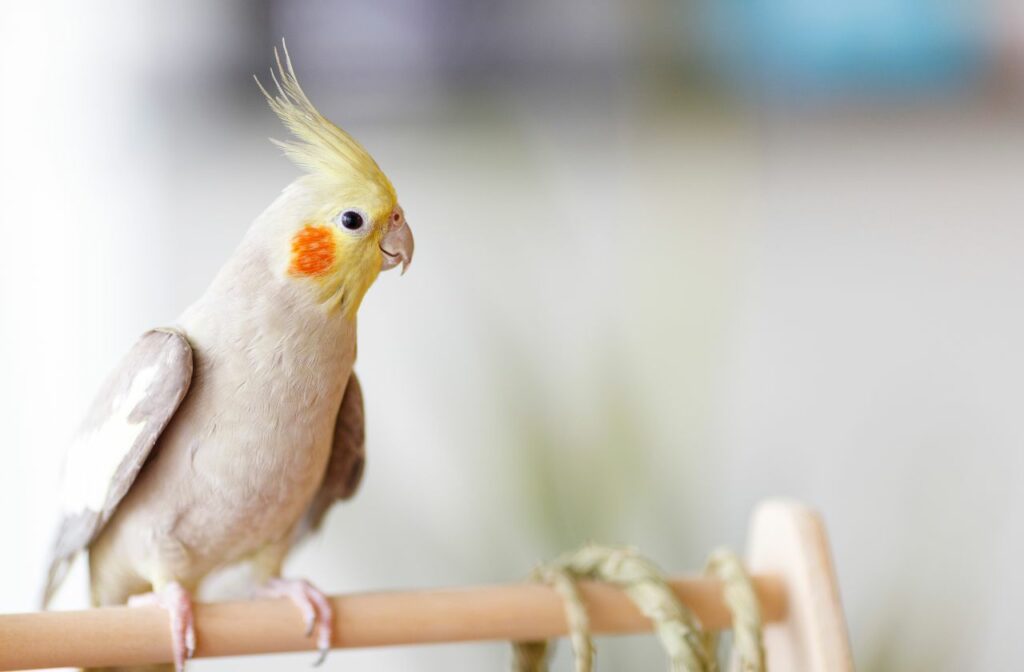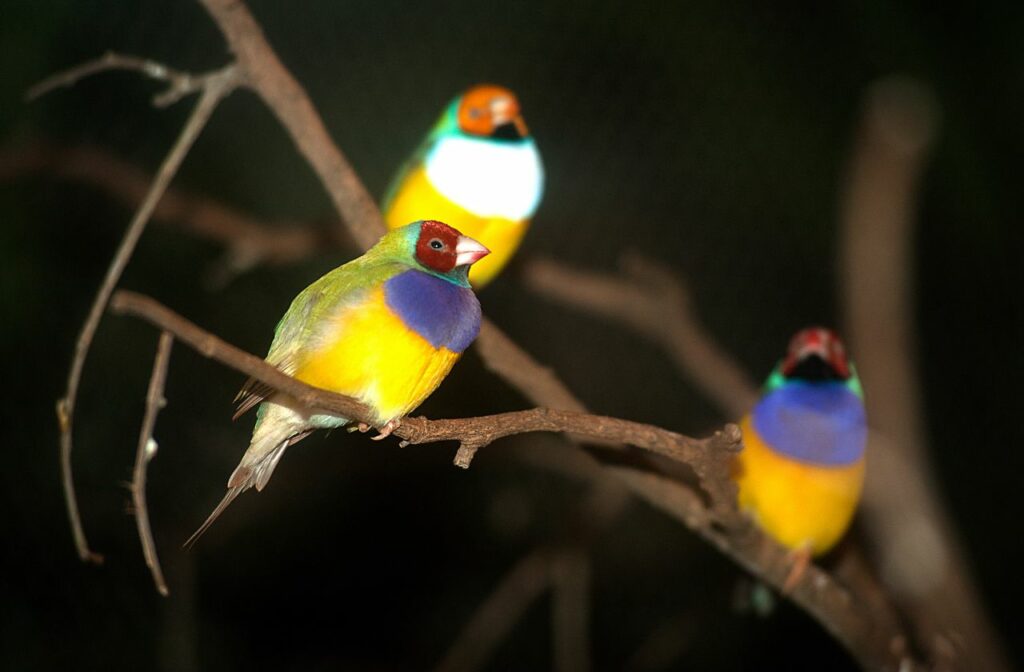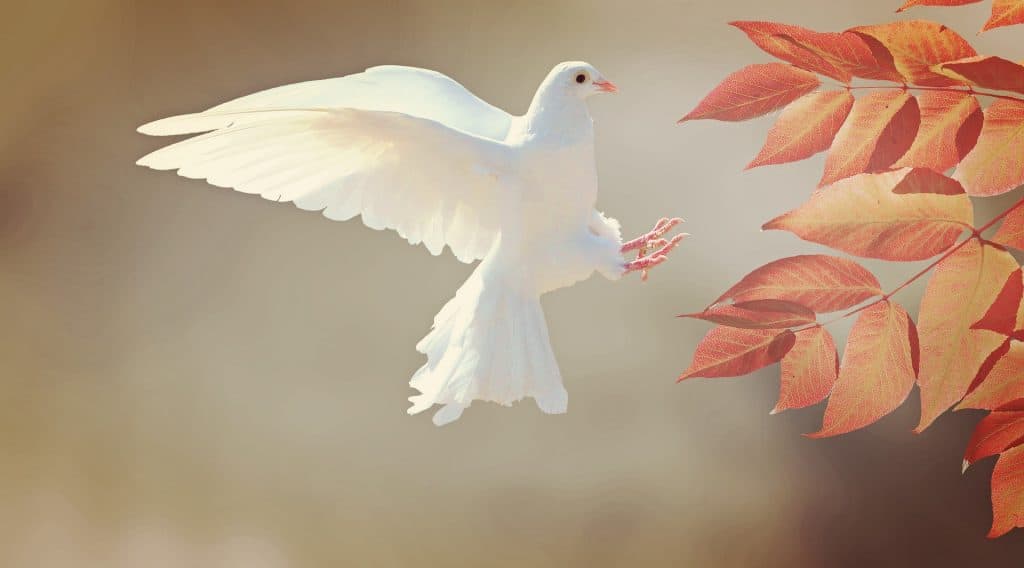As an Amazon Associate, we earn from qualifying purchases with no additional costs for you.
Thousands of people love bird watching; some may also like keeping birds as pets. If you have the space and money to do so, you may wonder if keeping wild birds as pets is a good idea.
Wild birds can not be kept as pets. In the United States, Federal and State laws protect indigenous bird species, making it illegal to keep them as pets. Similar laws exist in countries worldwide to protect indigenous wild bird species and the survival of the species.
While the vibrant plumage and melodic songs of wild birds captivate our senses, ethical and ecological considerations surround bringing these untamed creatures into our homes. Read more to learn about keeping birds as pets and which species are commonly kept as pets.
TIP: If you want to check out the best pair of binoculars for bird watching, we recommend a pair of waterproof and fog-proof 8 x 42 binoculars like the Celestron – Outland X 8×42 Binoculars (Amazon link).
Can Wild Birds Be Kept As Pets?
It is not advisable to keep a wild bird as a pet for several reasons:
- It is illegal to catch or house an indigenous bird species. There are several laws, both federal and state, that protect indigenous wildlife in the United States. Similar laws are found in many other countries around the world as a way to try and conserve wild animal populations.
- Keeping wild birds as pets is not wise, as providing everything they need to survive and thrive is difficult.
- Removing birds from the wild and keeping them as pets deprives birds of the ability to reproduce and contribute to the population in the wild.
- Taking birds out of the wild means fewer individuals to build nests and have chicks. This has consequences for the population of the species in the future.
- People catch and trade in wildlife illegally.
- In some situations, wild animals, including birds, need to be temporarily removed from the wild. For instance, if you find a bird that is hurt or a baby bird that is abandoned.
TIP: What do wild birds eat in the winter, and should you feed them? Find out here. Can you destroy or remove a bird’s nest? What happens if you do? This article discusses why birds need nests and what you can do to help if you find a destroyed nest.
Wild Birds And Rehabilitation Centers
If you find an injured bird or orphaned baby wild bird, your best bet is to locate the nearest wildlife rehabilitation center. These centers have people who are properly trained and qualified to care for and rehabilitate wildlife.
Such centers also have permits and are legally allowed to take in and temporarily care for wild birds and other animals. This means that the conditions are conducive to helping wildlife be rehabilitated correctly for later release back into the wilderness.
The idea behind wildlife rehabilitation centers is to make sure that the birds are cared for in such a way that they do not imprint on humans and can be successfully reintroduced back into the wild.
The Florida Keys Wild Bird Rehabilitation Center in Tavernier, Florida, USA, runs a successful program to save all bird life.
Watch this video for an overview of what the center does:
Captive Breeding Programs
There are situations where some wild bird species are endangered, and the population is at risk of becoming extinct. In these cases, there may be captive breeding programs where wild birds, or their eggs or offspring, are taken in and encouraged to reproduce to help replenish the population in the wild.
This is a challenging process because the new chicks hatched in captivity should not be allowed to imprint on humans. People working in these programs may use disguises to help the birds learn their species.
For instance, at the Freeport-McMoran Audubon Species Survival Center, staff wear costumes to mimic the adults to help rear Whooping Crane chicks. This prevents the birds from imprinting on humans.
Captive breeding programs have begun to try to save the Bearded Vulture. These vultures are endangered because they face various threats in the wild, including poisoning and persecution by humans who worry about their livestock. Minimal contact with humans is needed to raise these birds and release them successfully into the wild.
Check out this video on the successful Loggerhead shrike captive breeding program at the Smithsonian Conservation Biology Institute:
What Types Of Birds Are Usually Kept As Pets?
Captive-bred parrots, finches, canaries, mynahs, and parakeets are sold by breeders and pet stores to the general public. Some people are against any birds being in cages as they feel it is cruel. It is cruel to have larger birds in cages all the time, where they are unable to fly and explore their environment.
Problem behaviors like aggression and feather-plucking can manifest in birds that are unfairly constrained in cages and not provided with the correct diet or enrichment that they need.
TIP: Knowing how to spot the birds in your yard is key to enjoying visits from your winged friends as much as possible! The best sources are trusted books, I recommend using the following (Amazon links):
– National Geographic Field Guide to the Birds of North America
– National Audubon Society Birds of North America
Some of the more common types of birds kept as pets are discussed below:
The Parrot Family
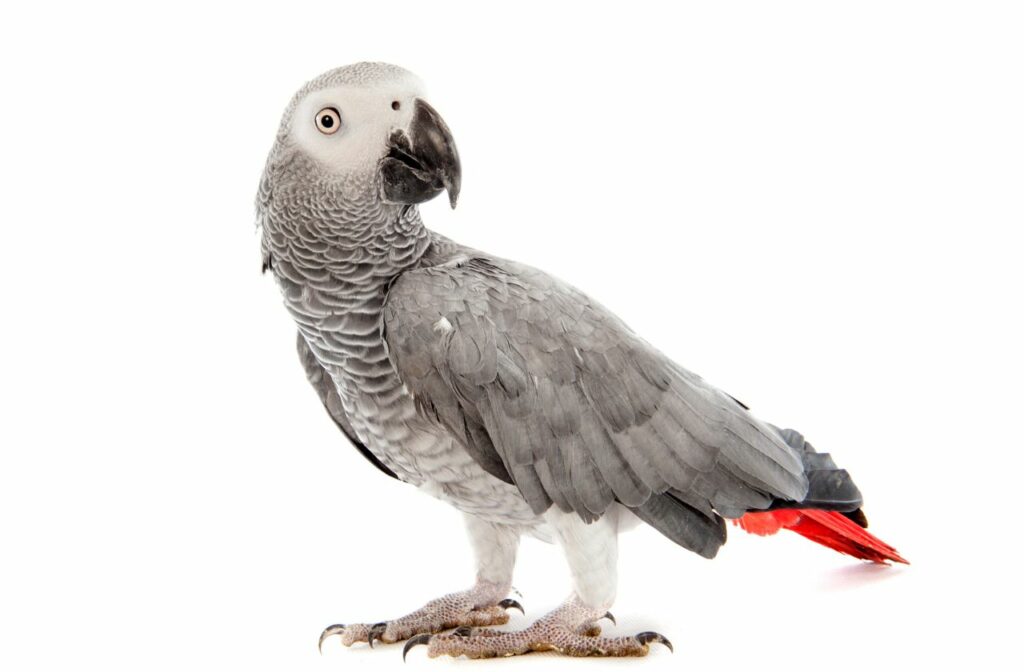
Parrots are in the family Psittacidae and are commonly raised for the pet bird industry. These are intelligent birds, especially African Gray Parrots. Several other parrots are kept as pets, including the Amazon Parrots and Conures.
Parrots can be very loud, which is something to keep in mind before buying one of these birds. This can become a problem if you are renting or living with other people who are sensitive to loud, shrill noises.
Macaws are the largest members of the parrot group. These birds originally come from South America and Central America and require a lot of space if kept as pets. They are also expensive to purchase.
Unfortunately, wild Macaws and other parrots are routinely caught and removed from the wild to be sold to the pet industry. This trade in birds is illegal and difficult to control. It does threaten the population of the various species. They should not be removed from the wild to be used as pets.
TIP: Are you looking for high-quality food for wild birds on your backyard? I recommend using Wagner’s products with the highest quality grains used in blending and made in the USA (Amazon links):
– Deluxe Treat Blend Wild Bird Food
– Eastern Regional Wild Bird Food
– Western Regional Wild Bird Food
– Midwest Regional Wild Bird Food
– Southern Regional Wild Bird Food
Cockatoos And Cockatiels
Cockatoos are also popular parrots that people keep as pets. These birds can bite hard, so it is not recommended to have such birds if you have small children.
The birds require a lot of attention and they should not be kept in a cage all day on their own. Like other parrot species, they can develop problems like feather plucking due to boredom and loneliness.
Cockatiels are a nice option if you don’t have a lot of space. These are like small cockatoos. They require less space but should also be given the time and attention and be provided with the correct living conditions to remain healthy.
Unfortunately, the hens are quite susceptible to egg binding, and the various mutations may not be as physically strong as the wild type.
The Finch Family
Finches are small birds best kept in pairs or small flocks in the biggest cage possible. Make certain that the cage bars are not too far apart, or the finches may get their heads stuck. It is recommended that the bars are not more than ½ an inch wide.
Of all the types of finches you can get in the pet industry, the Zebra Finches are the easiest to keep and are recommended for beginner aviculturists. These birds are very hardy and rarely get sick.
Females can get egg-bound, though, so calcium supplements may be needed. They are also easy to breed in captivity and come in a range of different color mutations.
Finches are relatively quiet, making only chirping sounds, although the males do sing. They also cannot really bite but are not normally tame birds.
Other popular finches in aviculture include Java Finches and Gouldian Finches. The Java Finches are a bit bigger than the Gouldian and Zebra Finches.
Gouldian Finches are beautiful birds but are not as hardy as Zebra Finches or Society Finches, so are not a good idea as a bird species for people starting out keeping finches.
The Dove Family
Doves and pigeons are sometimes kept as pets, but they are best housed in aviaries where they have the space to fly about.
Some examples of doves kept as pets include the Diamond Doves, Zebra Doves, and Ringneck Doves. The gentle cooing sound of doves and pigeons is pleasant to listen to and is not loud like the parrots, which scream.
Some pigeons are used as racing pigeons. People take their pigeons some distance from where the pigeons are housed (where their loft is) and then release them. The idea is to see how fast pigeons can return home after release.
There are competitions where pigeon fanciers release their pigeons to see who has the fastest birds. The pigeons and doves are always best kept as pairs or in small flocks, as they are highly sociable birds.
They have different requirements for birds in the parrot family. Like with other birds you plan to keep, you should diligently research the food and housing requirements for the doves or pigeons you want to keep.
TIP: Bird feeders and baths are great for attracting birds to your backyard. But what about bird houses? They will help you not only track but also keep them in your yard! Check out my picks on different bird houses below (Amazon links):
– Cedar Viewing House
– Wood Bird House with Pole
– Hanging Bird House
Conclusion
Wild birds should not be kept as pets because this is illegal, and it is unlikely you can match the requirements of food and habitat that these animals need to thrive.
Injured or orphaned baby birds should be sent to a proper permitted rehabilitation center where people know how to care for the birds and release them safely back into the wild.
Captive breeding programs are necessary for some wild birds that are critically endangered. If you do want to keep birds, then you should look into the domestic birds that are raised in captivity.

